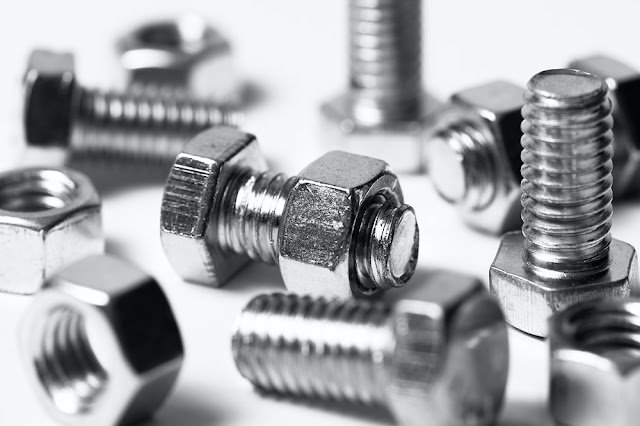Introduction
Have you ever walked into a hardware store, astounded by the vast array of nuts, bolts, and screws that confront you? From the glimmering hex bolts to the petite wing nuts, the variety is as much confusing as it is fascinating. So, when it really comes down to it, do you know your nuts from your bolts? Do you understand which kind is best for your upcoming home improvement project?
The world of nuts and bolts is bigger and far more complex than most people realize. Knowing the difference between a square nut and a jam nut or understanding when to use a carriage bolt over a machine screw can be crucial for not only the success but the longevity and safety of your project.
In this comprehensive guide, we'll simplify the overwhelming variety of these essential hardware elements. We aim to help you navigate the depths of this intricate world with ease and confidence, arming you with the knowledge necessary to complete your home improvement DIYs flawlessly. So, welcome aboard, buckle up, and let's embark on an insightful journey through the aisle of nuts and bolts.
Understanding the Basics: What are Nuts and Bolts?
A bolt is a type of threaded fastener with an external male thread. Bolts are closely related to screws. The key difference between the two lies in how they are used. Bolts are for the assembly of two unthreaded components, with the aid of a nut.
Nuts, on the other hand, are a type of fastener with a threaded hole. They are always used in conjunction with a mating bolt to fasten multiple parts together. The two partners are kept together by a combination of their threads' friction, a slight stretching of the bolt, and compression of the parts to be held together.
But like everything, not all nuts and bolts are created equal. Their type, shape, and size will largely depend on their intended use. Let's deeply explore some of the most common varieties.
Hex Bolts and Hex Nuts: The Dynamic Duo
Perhaps the most ubiquitous of all are the hex bolts and their friendly sidekick, the hex nut. As the name suggests, these feature a six-sided head and are primarily used in construction and repair applications. When the round-head of a bolt just won't cut it, hex bolts step in, offering larger surface contact and therefore a stronger, more stable bolted joint.
The Subtle Role of Wing Nuts
Looking for something easy to tighten and loosen--even by hand? Enter wing nuts. Not only are they characterized by a unique butterfly-like wing design, but they also offer superb hand operation.
Lock Nuts: Offering Safety and Security
Lock nuts, also known as self-locking nuts, are designed with a prevailing torque. Once tightened, they resist further loosening, providing an added level of security in applications where vibration or motion could unsettle your bolted joint.
Carriage Bolts and Lag Bolts: Powering Outdoor Construction
Carriage bolts boast a rounded head and a square neck which keeps them secure when turning a nut onto the threaded body. These bolts find their niche in timber constructions like decks and swing sets, offering strength and stability. And then, there’s the robust lag bolts, primarily used to connect heavy lumber and various other materials that bear an intense load.
The Quirky World of Specialty Nuts and Bolts
Here lies the fascinating potpourri of hardware, filled with unique nuts and bolts for specific tasks. From the square nut, known for its resistance to twisting, to T-nuts that create internal machine threads in woods -- the spectrum is wide, each adding their unique touch to the home improvement canvas.
Conclusion
Next time you wander into that sprawling store filled with hardware pieces, no need to fret. With this newfound familiarity, you'll be able to navigate that labyrinth of aisles with newfound confidence, selecting the right nuts and bolts that align perfectly with your project's unique needs.
We've explored common types such as hex bolts and lock nuts, understood the charm of wing nuts, discovered the roles of carriage, and lag bolts, and dove deep into the quirky realm of specialty nuts and bolts. But remember, the secret lies in understanding your project’s specifications and choosing the right hardware to cater to your individual needs. Happy one-stop shopping to your perfect nuts and bolts, dear reader!



0 comments:
Post a Comment